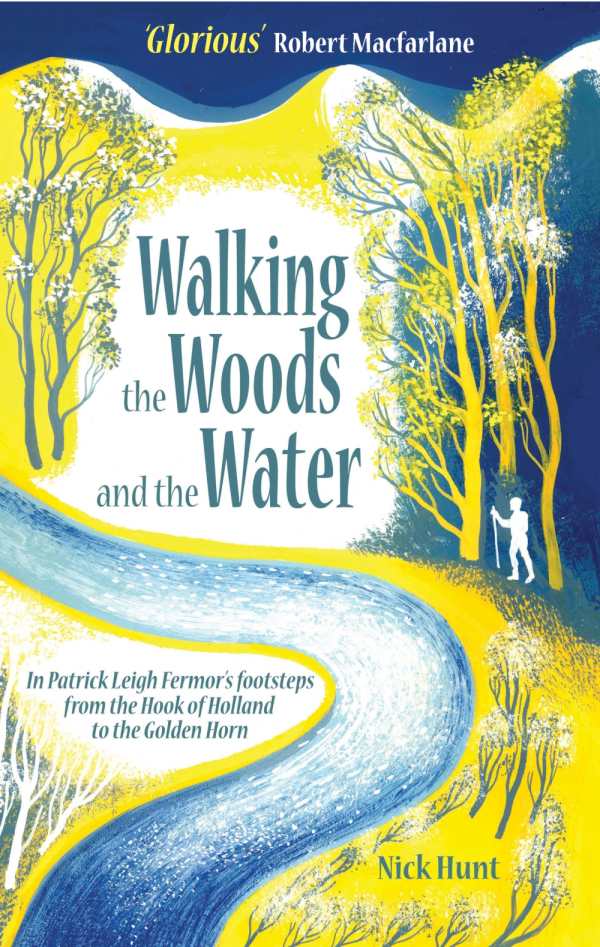Walking the Woods and the Water
In Patrick Leigh Fermor's Footsteps from the Hook of Holland to the Golden Horn
Hunt’s exquisite prose provides an insightful portrait of post-Communist Eastern Europe as he follows the path of his idol on a journey of self- and other-discovery.
On either side of World War II, two British men walked the same path across Europe, observing and experiencing cultures not often familiar in the Western world. Patrick Leigh Fermor trekked from the Hook of Holland to Istanbul in 1933 and penned Between the Woods and the Water; Nick Hunt followed in his footsteps in 2011 and has documented his travels in Walking the Woods and the Water. Like many travel memoirs, Hunt’s book blends the physical, mental, and spiritual journey, but he also comments on the political and social changes that have made his adventure different from Fermor’s.
Without much preparation, Hunt set off from the Hook of Holland and walked through Germany, Austria, Slovakia, Hungary, Romania, and Bulgaria, ending in Turkey. Comparing his 21st-century journey to Fermor’s pre-WWII hike and interactions with people across Europe, Hunt notes that “gutted and derelict country houses, the visible symbols of vast social upheaval, were to become as recurrent a theme as hydroelectric dams.” The people he meets in Slovakia and Romania, in particular, offer concrete examples of how Communism, wars, and technological advances have altered the landscape of the continent. Hunt shows deep insight into human nature—despite strikingly different cultures, experiences, and ideologies—as he tells how his meeting Germans, Gypsies, Magyars, and mountain villagers defied his expectations and taught him infinite things about the world and about himself.
With elegant language, Hunt describes the landscape, the people and culture, and his own perspective, offering an exquisite picture of his walk. Ice crystals “blooming” on windows, “tendrils of mist groping and … gliding with an eerie motion independent of wind,” and “Transylvania’s ethnic and religious interweave”—the imagery that Hunt evokes reveals a desire for, and skill in, precision when documenting his own awe at the intricacy of nature. Travelers and hikers will feel the itch to move when reading Hunt’s gorgeous prose.
With Walking the Woods and the Water, Hunt succeeds in honoring his predecessor while simultaneously offering a present-day perspective on a path likely to be altered again by the time the next nomad decides to traverse it.
Reviewed by
Aimee Jodoin
Disclosure: This article is not an endorsement, but a review. The publisher of this book provided free copies of the book to have their book reviewed by a professional reviewer. No fee was paid by the publisher for this review. Foreword Reviews only recommends books that we love. Foreword Magazine, Inc. is disclosing this in accordance with the Federal Trade Commission’s 16 CFR, Part 255.

